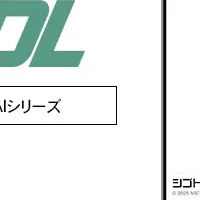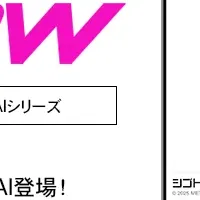
FinOps Open Cost and Usage Specification 1.2 Launches with New Features
FinOps Open Cost and Usage Specification 1.2 is Here
The FinOps Foundation has announced the release of version 1.2 of the FinOps Open Cost and Usage Specification (FOCUS) at the annual FinOps X Conference. As cloud environments continue to evolve, the need for robust financial operations (FinOps) tools becomes increasingly paramount. The latest iteration of FOCUS aims to meet these needs by integrating SaaS and PaaS billing data alongside traditional cloud costs, providing a unified framework for financial management.
What’s New in FOCUS 1.2?
With the official ratification occurring on May 29, 2025, FOCUS 1.2 introduces several key features designed to streamline cloud financial management:
1. Unified Billing Format
One of the most significant advancements is the incorporation of SaaS and PaaS billing data into the existing schema for cloud expense reporting. By doing so, it allows practitioners to consolidate their reporting efforts into a single dashboard or SQL query, helping to minimize the risk of duplicate charges. This shift to unified reporting comes at a critical time when organizations are grappling with complex multi-cloud environments.
2. Enhanced Invoice Reconciliation
FOCUS 1.2 enhances invoice reconciliation features with the addition of an invoice ID column. This column links each charge directly to its corresponding provider invoice, thereby simplifying month-end closings and charge-back processes. This new functionality is aimed at improving accuracy and efficiency in tracking financial transactions.
3. Multi-Currency Support
To accommodate the diverse global financial landscape, FOCUS 1.2 introduces multi-currency normalization capabilities. This allows users to analyze data across different currencies, such as USD and EUR, and convert these datasets into a single currency for comprehensive budgeting and profit loss analysis. By providing auditable exchange rates, organizations can maintain transparency and enhance their financial oversight.
4. Detailed Cost Allocation
The release sharpens cost allocation with new Billing Account and Sub Account dimensions, enabling more granularly defined financial management practices. This capability supports organizations in accurately allocating shared costs among different business entities, ultimately improving budgetary accountability.
5. Support from New Providers
The growth of FOCUS is also reflected in its increasing adoption by various cloud service providers. Notably, Alibaba Cloud, Databricks, and Grafana announced their support for FOCUS 1.2, signaling a growing community commitment to the new standard.
The Significance of FOCUS in the Cloud+ Era
As businesses increasingly engage with multi-cloud and SaaS resources, the implications of FOCUS 1.2 are significant for financial practitioners. J.R. Storment, Executive Director of the FinOps Foundation, emphasizes that this new release captures the industry's requirement for standardized and cohesive financial management tools across diverse tech platforms.
FOCUS provides the means to convert intricate billing data from a range of services into actionable insights while minimizing the potential for unexpected costs and ensuring that spending matches organizational needs.
Community and Industry Resonance
FOCUS has emerged from its third year of development with substantial adoption across various cloud service providers, including giants like AWS, Microsoft, Google Cloud, and Oracle Cloud. This momentum is crucial as FinOps practitioners worldwide utilize FOCUS billing datasets to extract valuable insights that enhance decision-making processes and optimize technology utilization in their organizations.
Organizations aiming to deepen their understanding of cloud costs and improve their financial operations can access further information about the FinOps Foundation and the latest version of FOCUS at their official websites: FinOps Foundation and FOCUS. The FinOps Foundation remains committed to empowering practitioners through innovations that address the evolving challenges of cloud financial management.
Topics Business Technology)










【About Using Articles】
You can freely use the title and article content by linking to the page where the article is posted.
※ Images cannot be used.
【About Links】
Links are free to use.